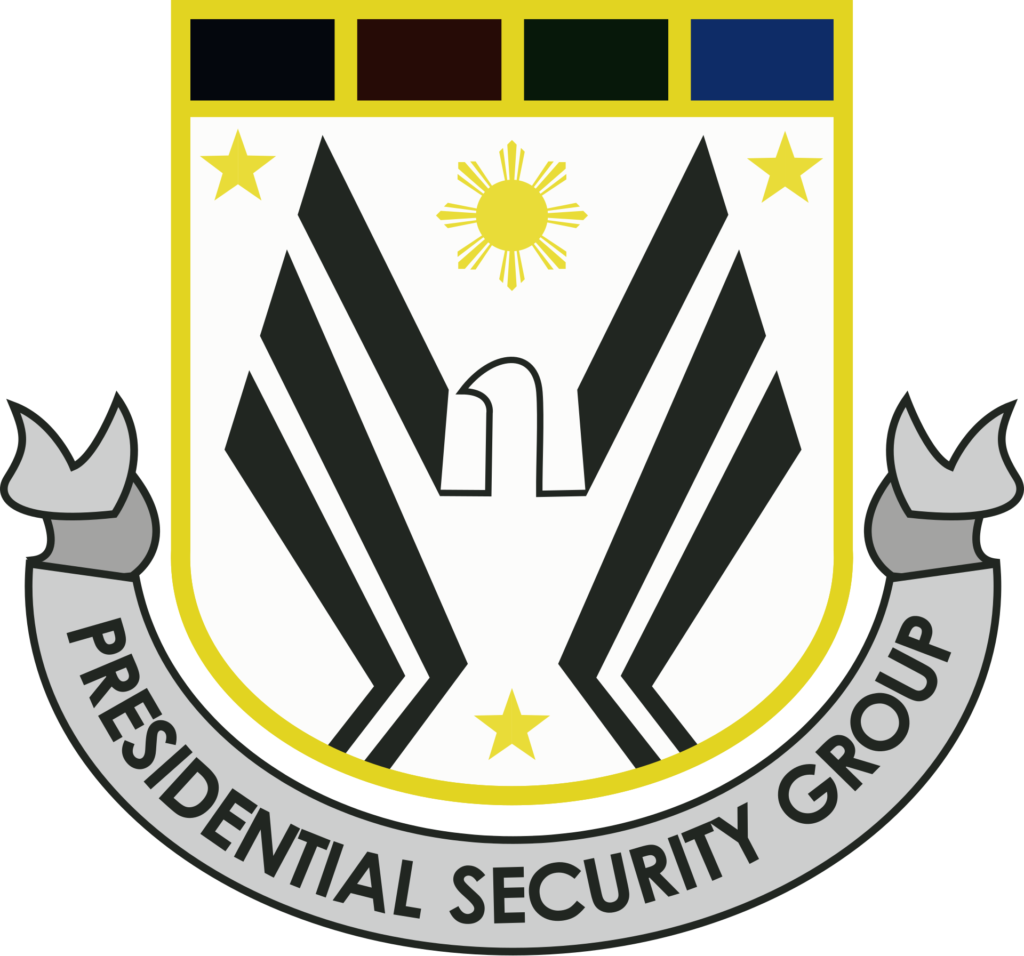The safety and security of a nation’s leader are paramount. In the Philippines, this crucial responsibility falls upon the Presidential Security Command (PSC). This dedicated group of professionals works tirelessly behind the scenes, ensuring the President can fulfill their duties without fear for their well-being. This blog post will delve into the history, mission, organization, and responsibilities of the PSC, offering a comprehensive look at the men and women who stand as the guardians of the Philippine President.
A Brief History of Presidential Security in the Philippines
The concept of a dedicated security detail for the Philippine President has evolved over time, mirroring the nation’s own journey. While formal structures may have varied across different presidential tenures, the underlying need for close protection has always existed. Understanding this historical context helps appreciate the modern PSC’s role and its continuing evolution. The seeds of the current PSC can be traced back to various military and police units tasked with presidential security in earlier administrations. These early iterations laid the groundwork for the more formalized and specialized organization we know today. The challenges and experiences of past security arrangements have informed the development of current protocols and best practices.
The Mandate and Mission of the PSC
The core mandate of the Presidential Security Command is crystal clear: to ensure the safety and security of the President of the Republic of the Philippines, the First Family, and other designated protectees. This mission is not just about physical protection; it encompasses a wide range of security considerations. The PSC is responsible for threat assessment, intelligence gathering, security planning, and the execution of protective measures. They work in close coordination with other law enforcement and intelligence agencies to proactively identify and neutralize potential threats. Their mission is rooted in a deep sense of duty and a commitment to safeguarding the highest office in the land. This dedication requires rigorous training, unwavering vigilance, and the ability to adapt to ever-changing security landscapes.
Organizational Structure of the PSC
The PSC is a structured organization with clearly defined roles and responsibilities. It is headed by the Commander, who oversees all aspects of presidential security. The organizational structure is designed to ensure efficiency and responsiveness in carrying out its mandate. Different units within the PSC specialize in various aspects of security, such as close protection, intelligence, and security engineering. This specialization allows for a comprehensive and multi-layered approach to presidential security. The PSC also maintains close coordination with other branches of the Armed Forces of the Philippines and the Philippine National Police to leverage their resources and expertise. This collaborative approach is essential for effective security management.
Key Responsibilities of the Presidential Security Command
The responsibilities of the PSC are multifaceted and complex. They go beyond simply providing a security detail for the President. Here are some of their key duties:
- Close Protection: This involves providing a personal security detail for the President at all times, whether at official events or during personal activities. These highly trained individuals are skilled in defensive tactics, emergency response, and threat assessment. They are the most visible representation of the PSC’s protective role.
- Security Advance: Before the President’s arrival at any location, the PSC conducts thorough advance security operations. This includes site surveys, threat assessments, and coordination with local authorities to ensure a safe and secure environment. This meticulous planning is crucial for minimizing potential risks.
- Intelligence Gathering: The PSC works closely with intelligence agencies to gather information about potential threats to the President. This involves analyzing intelligence reports, monitoring suspicious activities, and proactively identifying potential risks. This proactive approach is essential for preventing security breaches.
- Security Engineering: The PSC is responsible for implementing security measures at the President’s residences and workplaces. This includes physical security enhancements, access control systems, and surveillance technologies. This behind-the-scenes work is critical for creating a secure environment.
- Emergency Response: The PSC is trained to respond to a wide range of emergencies, including attacks, natural disasters, and medical situations. They have protocols in place to ensure the President’s safety and well-being in any crisis. This preparedness is vital for effective crisis management.
Training and Qualifications of PSC Personnel
The men and women of the PSC undergo rigorous training to prepare them for their demanding roles. They are selected based on their physical fitness, mental resilience, and security expertise. The training program covers a wide range of skills, including:
- Close Protection Techniques: Personnel are trained in defensive tactics, evasive driving, and emergency response procedures.
- Firearms Proficiency: Maintaining high levels of firearms proficiency is crucial for close protection personnel.
- Intelligence and Counterintelligence: PSC personnel receive training in intelligence gathering, analysis, and counterintelligence techniques.
- Security Planning and Management: Personnel are trained in developing and implementing security plans for various events and locations.
- Emergency Medical Response: PSC personnel are trained in basic medical skills to provide immediate assistance in emergencies.
This comprehensive training ensures that PSC personnel are well-equipped to handle the complex challenges of presidential security.
Coordination with Other Agencies
The PSC does not operate in isolation. It works closely with other government agencies to ensure a coordinated approach to presidential security. Key partners include:
- Armed Forces of the Philippines (AFP): The AFP provides support in areas such as intelligence gathering, military deployment, and emergency response.
- Philippine National Police (PNP): The PNP collaborates with the PSC on law enforcement matters, crowd control, and security at public events.
- National Intelligence Coordinating Agency (NICA): NICA plays a crucial role in providing intelligence on potential threats to the President.
This interagency cooperation is vital for effective security management, ensuring that all resources and expertise are leveraged to protect the President.
The PSC in the Public Eye
While much of the PSC’s work is necessarily confidential, they occasionally come into the public eye, particularly during presidential events and foreign trips. Their professionalism, discipline, and unwavering dedication are often on display during these occasions. They are highly trained to remain discreet and unobtrusive, even while maintaining the highest level of security. The public rarely witnesses the full extent of their work, but their presence provides a sense of security and stability. Their commitment to their duty is a testament to their professionalism and their dedication to the nation.
The Future of Presidential Security
The challenges facing presidential security are constantly evolving. New threats emerge, and technological advancements require continuous adaptation. The PSC must remain vigilant and proactive in addressing these challenges. This includes investing in advanced training, upgrading equipment, and strengthening interagency cooperation. The future of presidential security will depend on the ability of the PSC to anticipate and respond to these evolving threats. Continuous improvement and adaptation are essential for ensuring the continued safety and security of the Philippine President.
Conclusion
The Presidential Security Command plays a vital role in safeguarding the President of the Philippines. Their dedication, training, and expertise are essential for ensuring the safety and security of the highest office in the land. They work tirelessly behind the scenes, often unseen and unacknowledged, to protect the President and allow them to fulfill their duties without fear. The PSC is a critical component of the Philippine government’s security apparatus, and their continued vigilance is essential for the nation’s stability and well-being.
Disclaimer: This blog post provides general information about the Presidential Security Command (PSC). While every effort has been made to ensure the accuracy of the information presented, details may change over time. Please report any inaccuracies or outdated information so we can correct them promptly.




